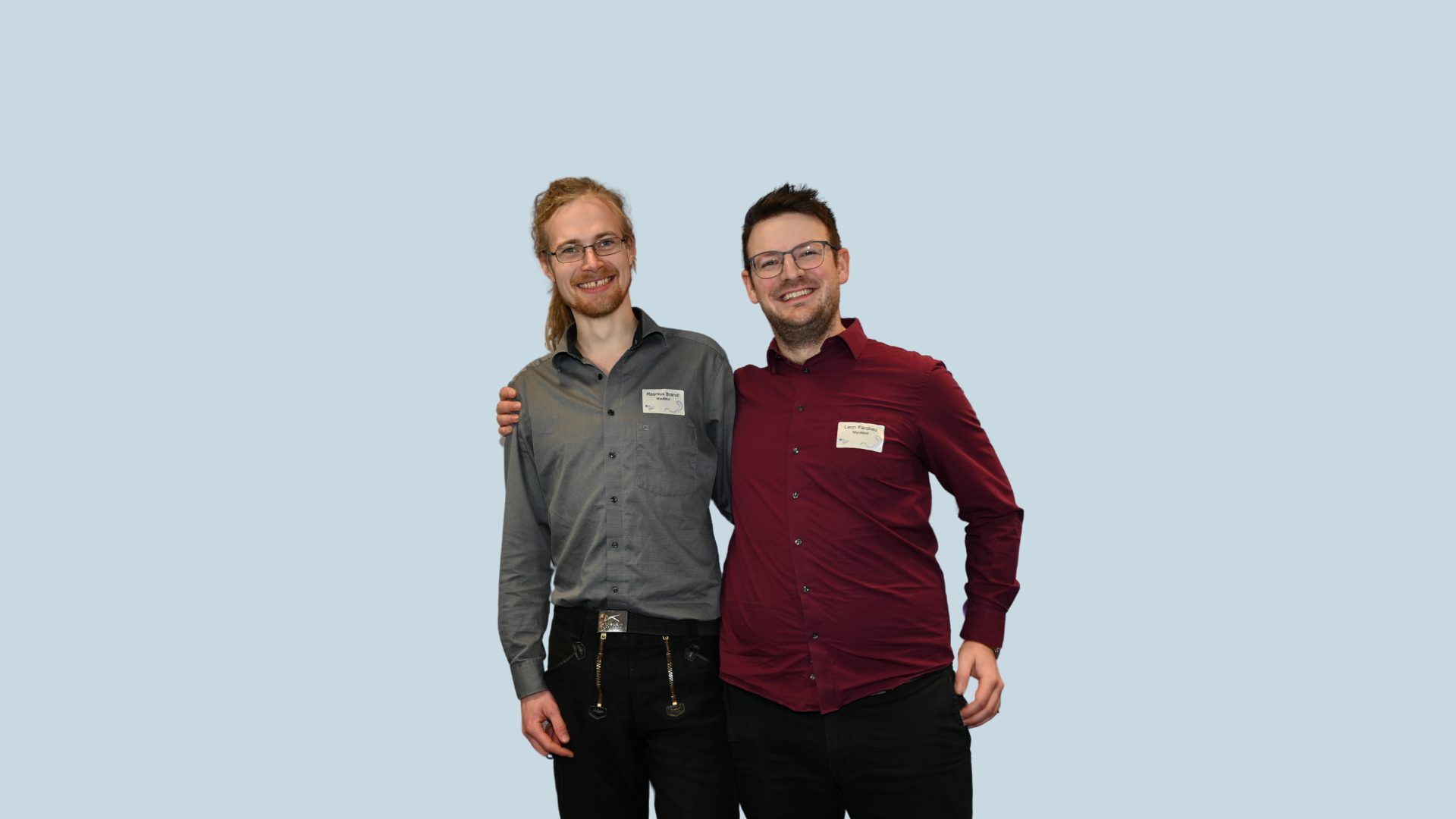

Startup Profile
MyoMod
Introduce yourselves
Tell us in three sentences who you are
Myomod was created as part of Leon’s master’s thesis at the beginning of 2024. The core of the project is to create a frugal innovation in hand prosthetics, using scalable manufacturing processes and clever use of firmware and embedded AI to pack as much function as possible into a cost-effective package.
How did the idea come about?
The idea was born back in school, when the team didn’t think this approach was possible. Since then, we have gained a total of twelve years of experience in prosthetics and embedded engineering and believe that we can actually solve this problem.
How does MyoMod work, and to what extent does AI support this project?
Myomod measures muscle signals in the rest of the amputated limb and, after filtering, feeds this data into an ML model that has been trained to extract the hand position from it.
Why did you decide to focus on affordable prostheses for developing countries and emerging markets?
Our goal is to create the highest possible impact by achieving a fairer distribution of healthcare with MyoMod. The markets we are targeting are currently undersupplied with prostheses, so they are almost untapped. In addition to the high impact, we therefore also see great economic potential.
How do you use AI to make the control of prostheses more intuitive and effective?
Prostheses are usually controlled by two muscle electrodes, one for opening and one for closing. If both muscles are tensed at the same time, the system switches to the next pre-programmed hand position. Having to send “Morse code” to the hand each time means slow and unintuitive control. We use 6 electrodes and want to derive the desired hand position directly from them and thus achieve a “do what you think” approach.
What are the challenges in developing an affordable yet state-of-the-art prosthesis?
As an AI-supported medical device, it is evident that medical approvals constitute a significant challenge, and the fact that they differ from country to country reinforces this. Another challenge is the low cost of manufacturing mechanical hands. The small, lightweight, and reliable motors required hit the budget, and low-cost manufacturing means injection molding, which means upfront cost.
What is your most important goal for this year? And where do you see your startup in 5 years?
As a first step, we are collecting data to train our AI algorithm. We will also start developing the prototype of the mechanical hand in the summer. In five years, we need to scale up as a self-sustaining company under our own steam and use this volume to reduce the costs per unit further.

AI Startup Rising gives us the time and resources to develop our AI gesture recognition, while at the same time connecting us to a particularly wide network.
Rasmus Brandt, Co-Founder MyoMod, Startup Competition 2025
